The homeowner's guide to installing a septic tank
A septic tank is an underground wastewater treatment structure commonly used in areas lacking centralized sewer systems. It uses a combination of nature and proven technology to treat household wastewater from bathroom, kitchen, and laundry sources.
Septic systems are eco-friendly, cost-effective, and provide long-term solutions for waste management. They reduce the burden on municipal sewer systems and are adaptable to a variety of property types.
There are several types of septic systems, including conventional systems, chamber systems, drip distribution systems, and aerobic treatment systems, each with its own set of advantages and suitability depending on soil conditions and space availability.
Pre-Installation Considerations
Before installing a septic tank, it's crucial to understand the layout of your property, including the location of wells, water lines, and property boundaries. A professional assessment can help determine the best location for your septic system.
Installing a septic system requires adherence to local health department regulations. Homeowners must obtain the necessary permits before beginning installation.
The size and type of septic tank you need depend on the number of bedrooms in your home and your daily water usage. Consulting with experts like NOVAGREEN OÜ can ensure you make the right choice.
Soil and percolation tests are essential to determine the absorption rate of your soil, which affects the design of your septic system's drainfield.
The Installation Process
Proper planning and design are critical to a successful septic system installation. This includes creating a detailed plan that complies with local regulations and ensures the system's efficiency and longevity.
Professional excavation ensures the tank is placed at the correct depth and position. Care must be taken to avoid damaging the tank during installation.
The drainfield is a crucial component of the septic system, where the treated water is released into the soil. Proper construction is vital to prevent system failure.
Connecting the septic tank to your home's plumbing system must be done with precision to ensure proper wastewater flow.
After installation, the system must be inspected and tested to ensure it meets all health and safety standards.
Maintenance and Care
Regular maintenance, including inspections and pumping every 3-5 years, is essential to keep your septic system functioning properly.
Understanding what should and should not go into your septic system can prevent costly repairs and system failures.
Homeowners should be aware of the signs of septic system failure, such as sewage backups, slow drains, and foul odors, to address issues promptly.


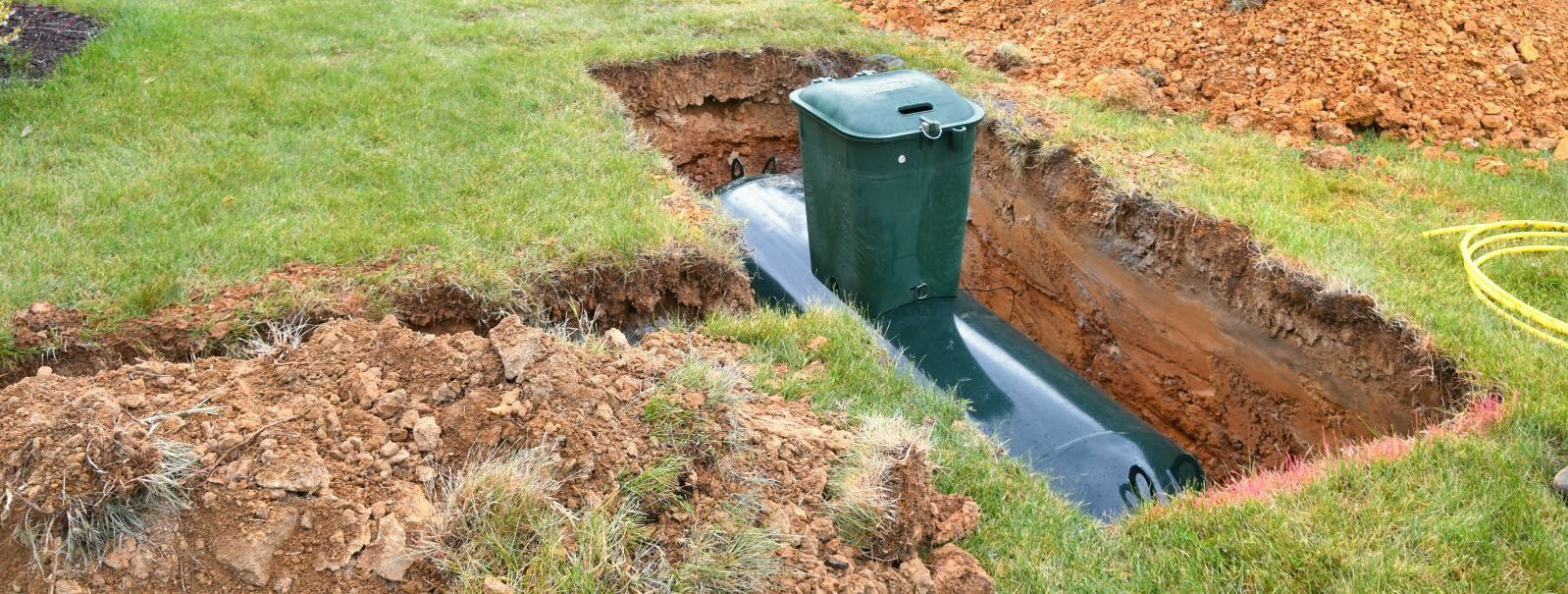

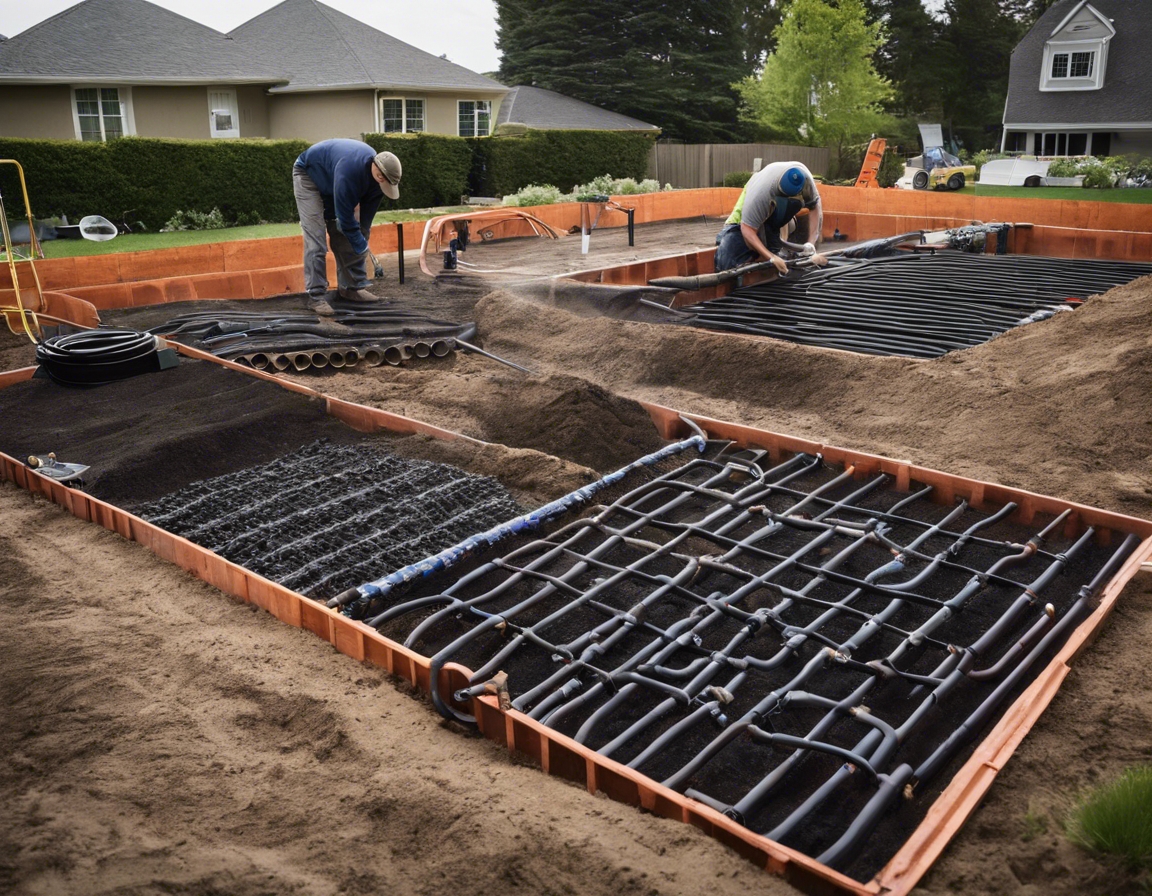
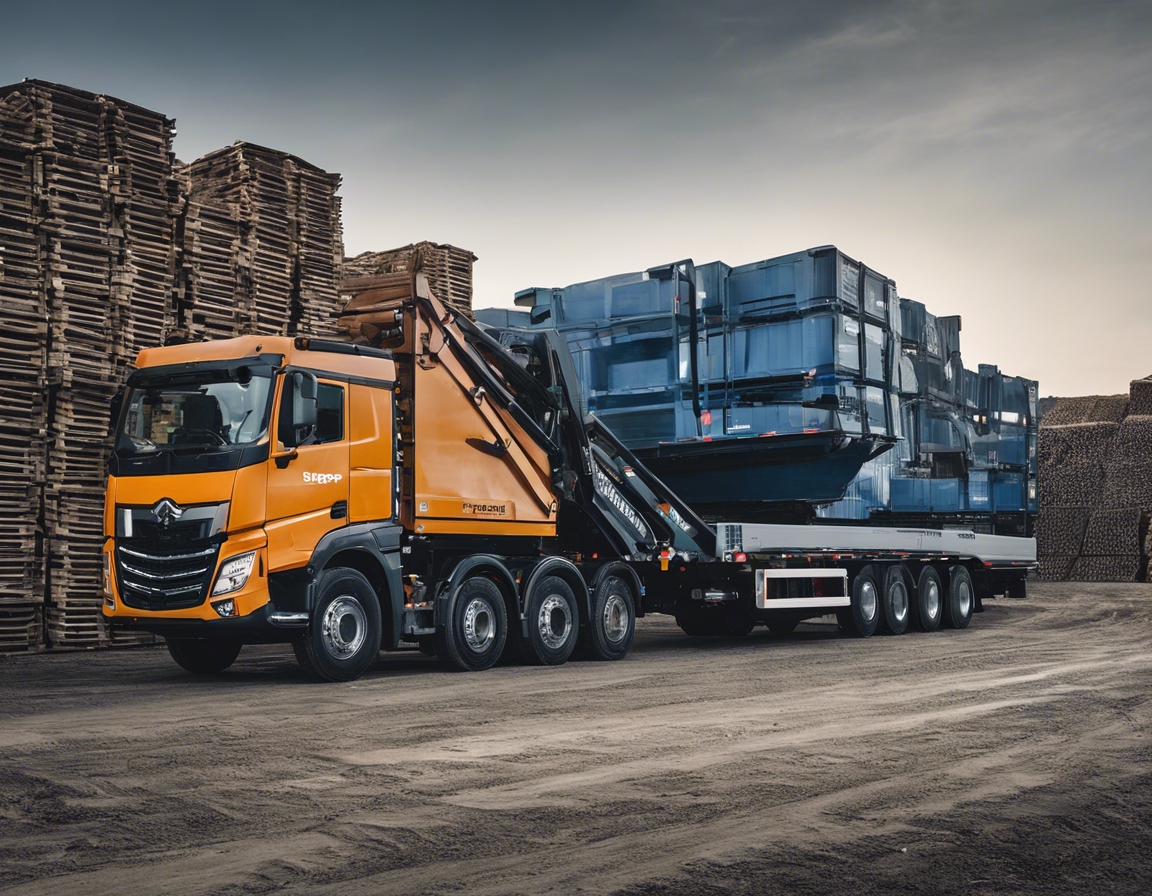
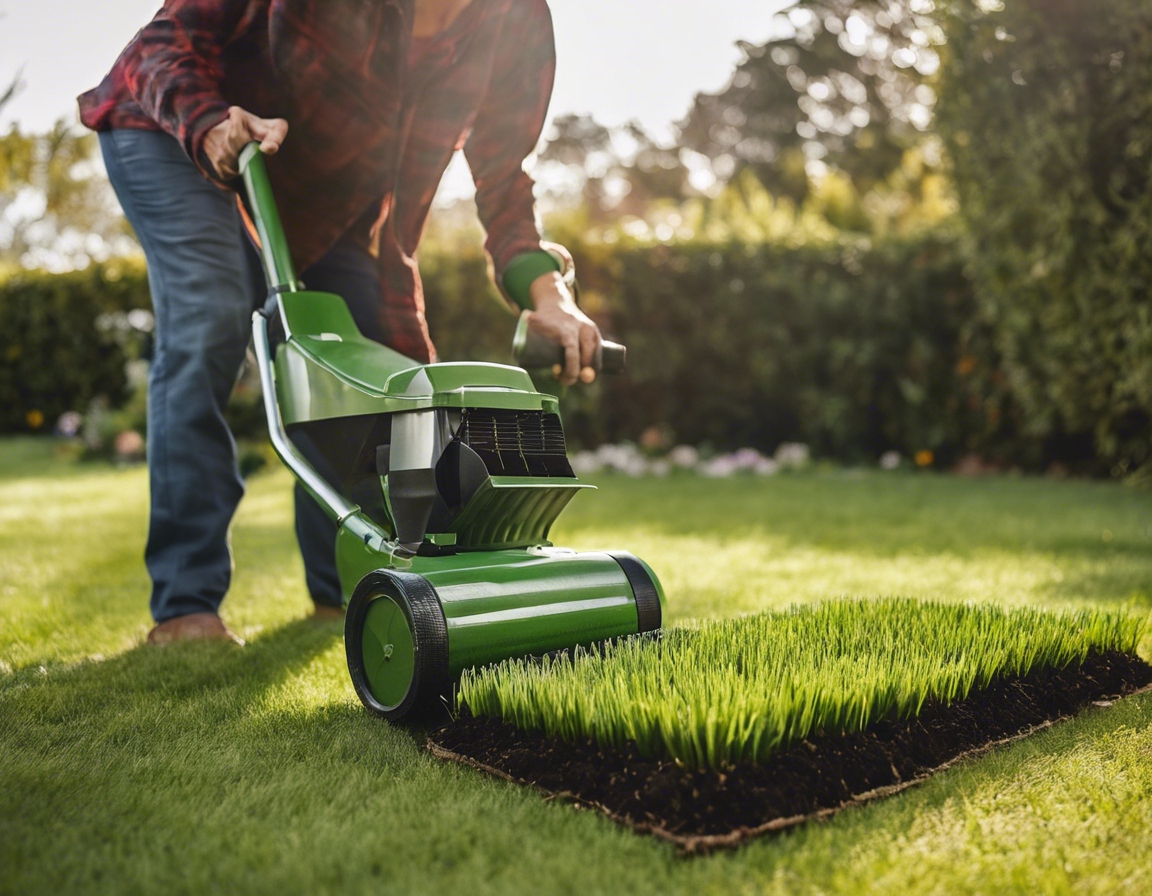
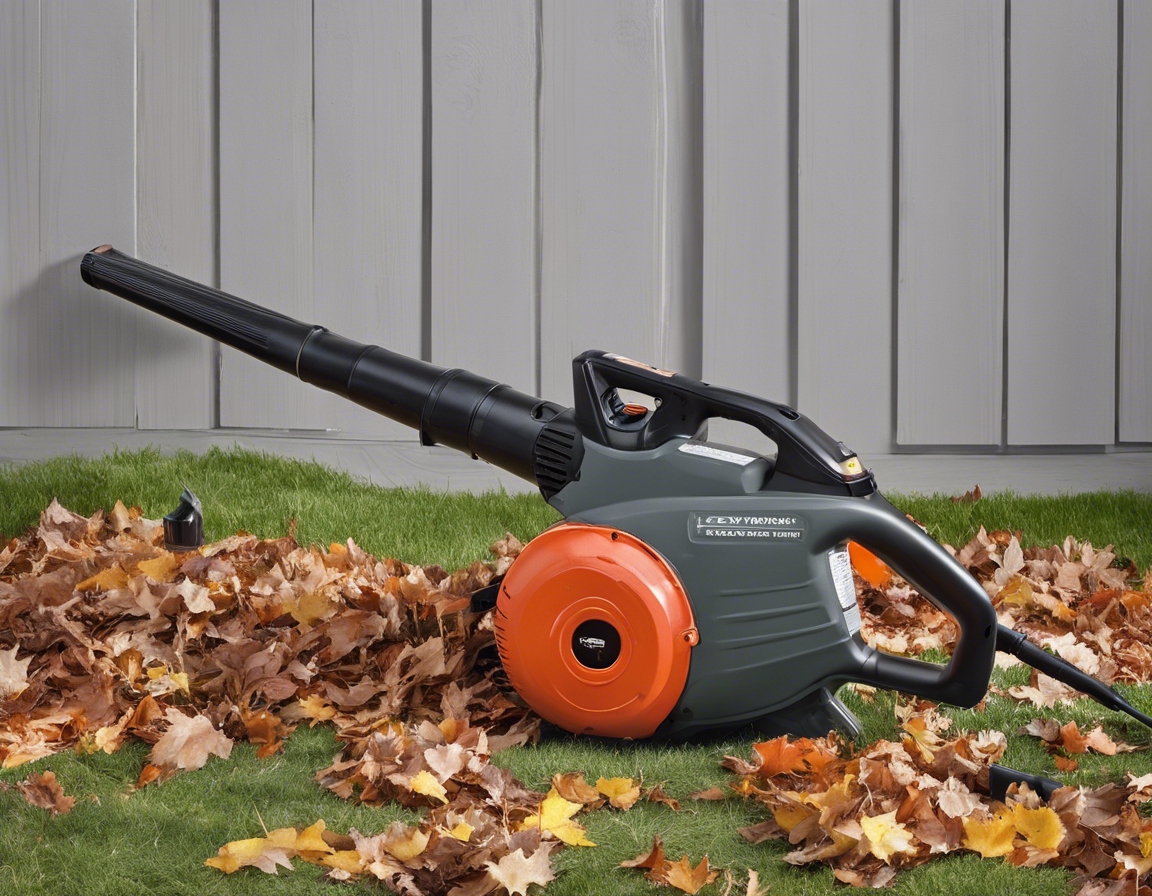
Comments (0)